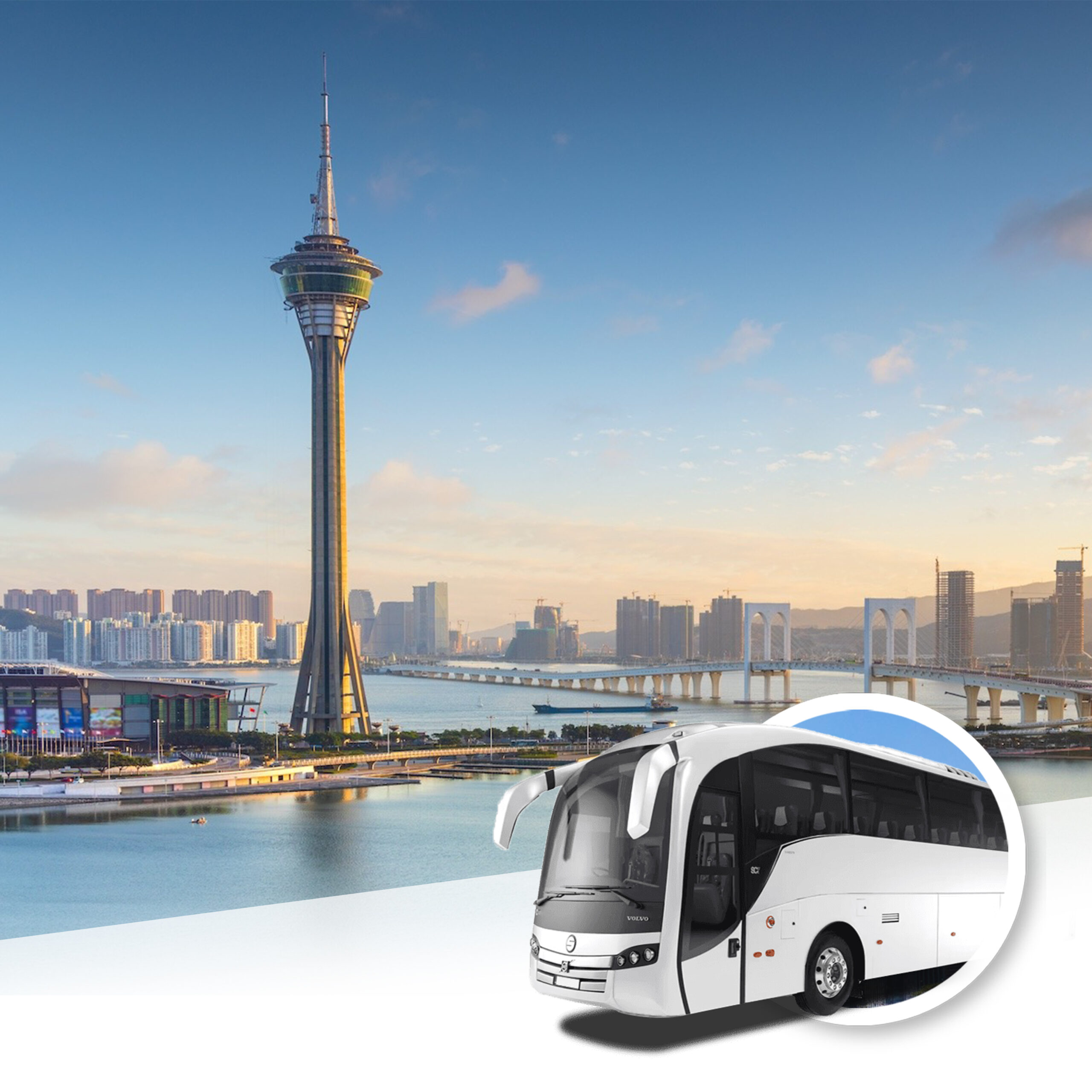澳門不僅擁有世界知名的地標景點,還隱藏著許多鮮為人知的秘境。從充滿歷史韻味的古蹟,到充滿異國風情的打卡熱點,再到免費開放的特色景點,無論是短途旅行還是深度遊覽,都能在這座充滿魅力的城市中找到驚喜。快來探索澳門的多元文化與絕美景色,發掘最適合你的旅遊體驗!
我們的推薦原則:
本地人親身精選
無廣告影響推薦
地道香港風味













